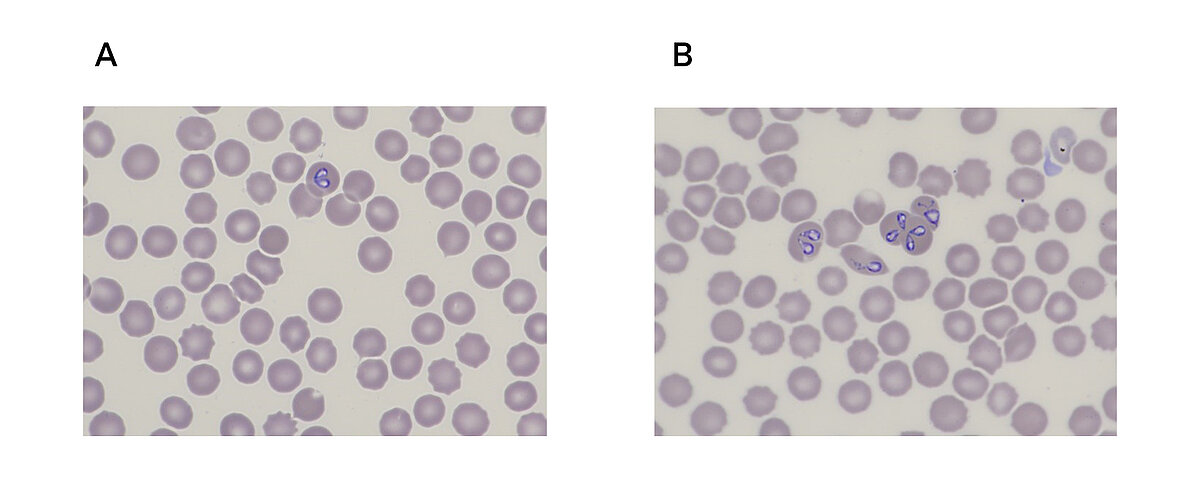Scientific Calendar August 2025
Canine babesiosis – an emerging parasitic infection of the blood in dogs
Babesiosis is a so-called ‘vector-borne disease’. Which vector transmits Babesia protozoans?
Fleas
Mosquitoes
Ticks
Sandflies
Lice
Congratulations!
That's the correct answer!
Sorry! That´s not completely correct!
Please try again
Sorry! That's not the correct answer!
Please try again
Notice
Please select at least one answer
Scientific background
Canine babesiosis is one of the most relevant haemoprotozoan diseases in dogs worldwide. The different causative species of Babesia are transmitted by various ticks and invade their hosts’ red blood cells, leading to more or less severe haemolysis. The infection can cause marked morbidity and mortality, with a pathogenesis and clinical symptoms similar to those of malaria infections in humans. The main clinical signs are lethargy, anorexia and hyperthermia ≥ 39°C, followed by pale mucous membranes, altered urine appearance, and splenomegaly. While acute disease can be diagnosed by a complete blood count (CBC) combined with the detection of parasites on a blood film, chronic cases or those with low circulating parasitaemia remain a challenge. Highly sensitive PCR testing helps confirm the diagnosis and allows for Babesia species identification [1].
Case results and scattergram interpretation
A 4.5-year-old spayed female Beagle was presented for a general medical consultation with a history of 24-hour haematuria, along with lethargy and decreased appetite for 48 hours. The dog exhibited fever, tachypnoea, and pale mucous membranes upon clinical examination. Urinalysis revealed dark brown urine, which was in line with ultrasonographic findings of bladder content abnormalities consistent with haematuria. The haemogram showed pancytopenia and mild, macrocytic, normochromic, non-regenerative anaemia (Fig.1).
In the RET-EXT scattergram, there was an isolated, distinct cluster located in the region of reticulocytes (Fig. 2).

The blood smear evaluation revealed intraerythrocytic protozoa of typical size and shape, which confirmed the diagnosis of a Babesia canis infection (Fig. 3).

References





